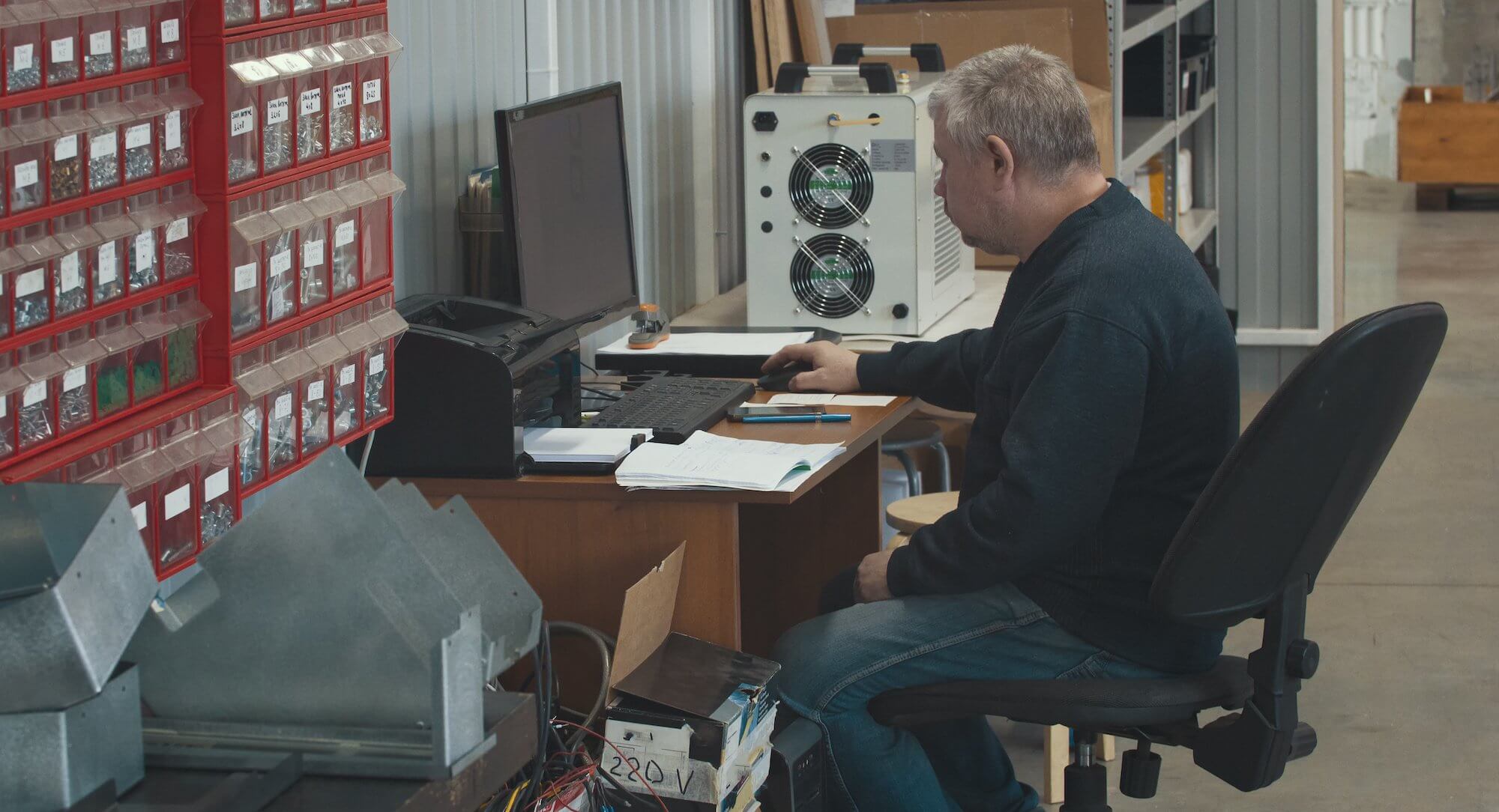
Overengineering the Quote – Part 2: The Quoting Process
At Paperless Parts, we’ve watched hundreds of quotes get engineered using a variety of different methods. This is what we learned.
In Part 1, we discussed how most shops have gaps in their admin process before quoting even begins. Not only is this process very manual, but is often done by the most experienced people in the shop. This contributes to the growing skills gap as these people do not have the bandwidth to train new talent.
In this article, we will talk about the second half of the quoting process and discuss how a lot of shop data is not managed in a good way for future use.
If you need a refresher on what we covered before, see The Admin Process for steps 1 through 5.
Step 6: Part Quoting
With a majority of the admin work complete, the estimator turns to their pen and paper, Excel spreadsheet or ERP system to begin the costing process. This includes the following components:
1. Reviewing geometric complexity and tolerances to determine cycle times for each operation
The challenge here is that no two machinists guess the same cycle time for a part. The variables that go into how long a part will run are almost endless. These variables include differing cutting strategies, machine selection based on availability, tooling, and spindle speed based on that machine.
2. Calculating the material sizes needed for multiple quantities given the scrap rate
This is a very manual process. We can automate it based on knowing the dimensions of a part from the solid model, the buffer of material required around that part, the expected yield, and the cut thickness. This also takes time if the estimator has to go out to a material provider for firm quotes. Now think about repeating this on a 50 line-item quote for 4 different quantities per item–that is a lot of work.
3. Determining the external secondary operations required like plating and finishing
The challenge here is the same as the material sizing. The estimators either guess or go out to the finish provider for an estimate. Waiting for the finish provider to respond increases the turnaround time on a quote. It can lead to lost opportunities. As the saying goes: first to quote is often the first to win!
4. Reviewing the shop’s current and future capacity to determine potential lead times.
This is often a complete guess based on the workload in the shop today, outstanding quotes, and historical win rate.
5. Applying the shop overhead/markup to create the price.
This is often a rough total percentage applied to quotes. It takes into consideration the entire cost to run the shop rather than what each machine requires from a space and operating cost perspective. This method often makes the productive machines carry more of the cost than the unproductive machines.
The challenge: The steps in this process range from highly engineered to a complete guess. The experienced people in the shop waste a lot of their time and talent in looking at every single part to be quoted. These parts often range in complexity from the simplest bracket (Level 1 Part) to the most complex 5-axis part with multiple secondary operations (Level 5 Part). With the existing process in most shops, there is no simple way to quickly identify the easy work. By the time the files are opened, the experienced estimator just works through the quote. Junior machinists miss the opportunity to learn how to estimate on the easier jobs when this happens. The critical path to any job ends up becoming the experienced estimator’s time.
Step 7: More Admin Work to Prepare Quote
After the estimator finishes quoting parts, they must prepare all the information for the customer. This requires a bit of admin work to add the customer to the ERP or Accounting system. The estimator then creates each line item with operations. When an order gets placed, these line items turn into a detailed router.
The challenge: This is a lot of time spent engineering detailed manufacturing instructions to only win 3 out of every 10 jobs.
Step 8: Sending the Quote
Finally, the estimator sends the quote to the customer and the shop waits for a response.
The challenge: The issue with this is sending a quote and waiting is a very passive activity. You spent hours if not days engineering a quote to send it out and wait. Shop owners often have no data on how customers are interacting with their quotes. They don’t do follow-up calls to answer questions and close the deal. At the very least, communicating with the customer can help you build a relationship. It frames you as a responsive shop for future work. The customer interaction might also help you understand why you may have lost a particular opportunity. In reviewing this data, you can learn how you can improve for your future quotes.
After going through the end-to-end quoting workflow, there is a clear opportunity for improvements. Simple steps can be taken to streamline the process.
Read Part 3: The Paperless Solution to see how you can ensure your shop is not overengineering quotes in the next installment.
Ready to see how Paperless Parts can help your job shop?
This article was written by Jason Ray
Jason Ray is the Co-Founder & Chief Executive Officer at Paperless Parts. Jason drives the company’s product vision, while building relationships with manufacturers and partners. Before Paperless, he served as an officer in the US Navy and led the implementation of additive manufacturing technology. Jason holds a BA (Trinity) and MBA (Babson).
